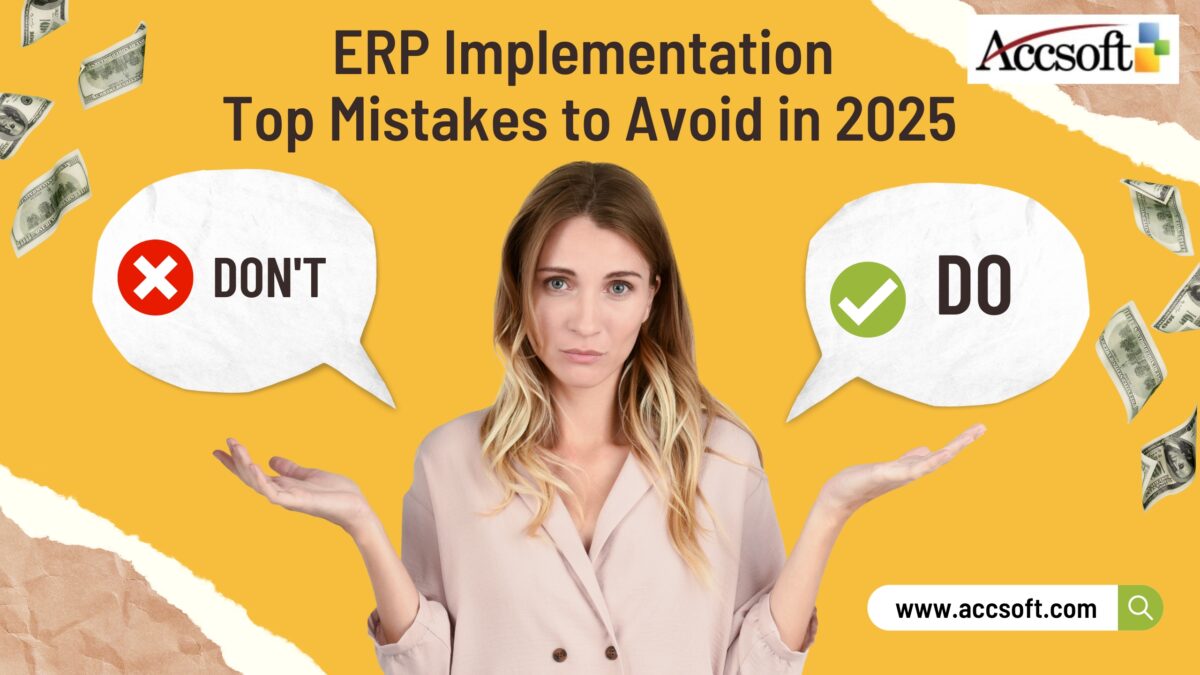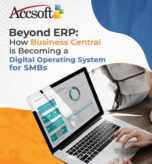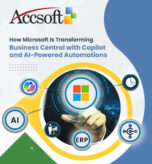
At the turn of 2025, the world of ERP keeps changing with new technologies and trends emerging, so it is very important to avoid common pitfalls in this regard. These are some of the common mistakes one should look for in ERP implementations this year. They include.
1. ILL-defined Goals and Objectives
Undefined business objectives pave the way to disaster when ignored during the implementation of an ERP system. Companies jump headfirst into the implementation of ERP without any defined notion of what they expect to achieve. Do not make the same mistake and have specific measurable goals to improve stock management, better customer satisfaction, or even automatic financial reporting.
Solution: Deep In-depth Needs Analysis of the Business Strategic Aims regarding the Launch of the ERP System.
2. Loose Change Management
There are changes in process, jobs, and process flow of the system from the launch of an ERP. The employees oppose such changes from the deploying authorities. Failures in project implementation and poor percentages of user adoption rates arise after such alterations of alterations.
Solution: An appropriate change management strategy should be implemented that includes communication, training programs, and the involvement of key stakeholders early in the process.
3. Inappropriate Selection of the ERP System
The wrong selection of an ERP system that is inappropriate for your business may result in inefficiencies and costly customizations. Often companies commit this error due to a lack of appropriate research or aggressive marketing from vendors that mislead them.
Solution: Compare in detail two different ERP applications by functionality, scalability, and interoperability with the current systems.
4. Data migration complexity not forecasted.
Data migration is, in general, one of the biggest pains of implementing any ERP solution. Poor planning normally leads to under-transfer or wrong information-data duplication, which flows out from the older system to new ones.
Solution: Remove and standardize your data before migration. Prepare a plan for data migration testing and validation so that the data integrity is confirmed.
5. Testing Not Sufficient
Lack of testing stages sometimes leads to under-exposed problems and hence affects the business running once the ERP system is live.
Solution: Ensure an efficient unit test, system integration testing, and user acceptance testing of the system before it goes live. All scenarios should be covered before their deployment.
6. Failure to Consider Post-Implementation Support
The post-Go-live support is as important as the Go-Live itself as it needs constant support and optimization. Over time, this will lead to low system performance and user dissatisfaction.
Solution: Tie up with your ERP vendor or a support team, which will provide continuous monitoring, updates, and training because your business is evolving.
7. Over-Customization
Customization may make an ERP system align better with your processes, but too much customization will make the system complex, harder to maintain, and costly to upgrade.
Solution: Stick to standard functionalities as much as possible and consider re-engineering your processes to align with best practices built into the ERP system.
8. Inadequate Budgeting
ERP implementations are costlier than budgets as some hidden costs are related to training, customizations, and other integrations. The omission of such expenses may put your project to a halt.
Solution: Develop a practical budget considering all likely costs incurred and keep a contingency fund for probable cost overrun.
9. Inadequate Project Management
Paying less attention to proper project management will make the deadline postponed, creep in scope, and chaotic implementation.
Solution: Hire an experienced project manager who knows how to implement ERP. Implemented tested and tried methodologies for adequate project management and timely completion.
10. Industry Trends and Innovations
ERP systems in 2025 have been changed to incorporate AI, machine learning, and cloud-based solutions. Ignoring all these improvements would risk the choosing of a system that soon would be outdated.
Solution: Keep yourself updated with the ERP trends and choose a solution that is modern in embracing current technologies and adaptable in updates for the future.
Conclusion
ERP implementation is a journey toward change, which requires long-term planning, execution, and follow-up. If the mistakes mentioned above can be avoided, it will assure businesses that the maximum returns on their ERP investment are achieved and laid up for future growth.







